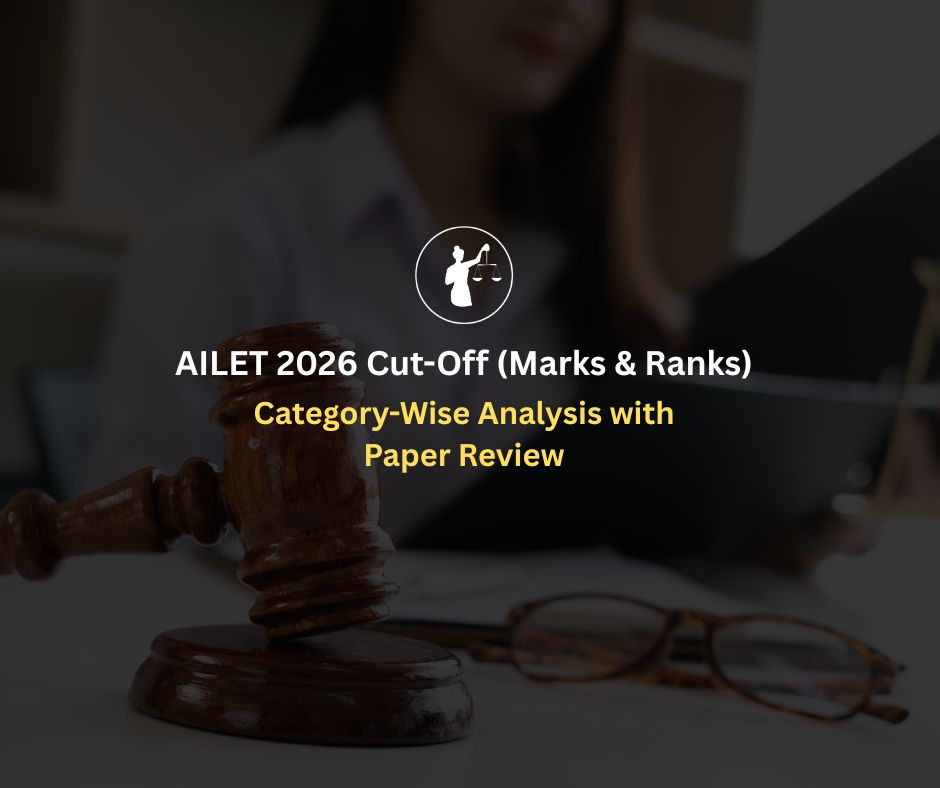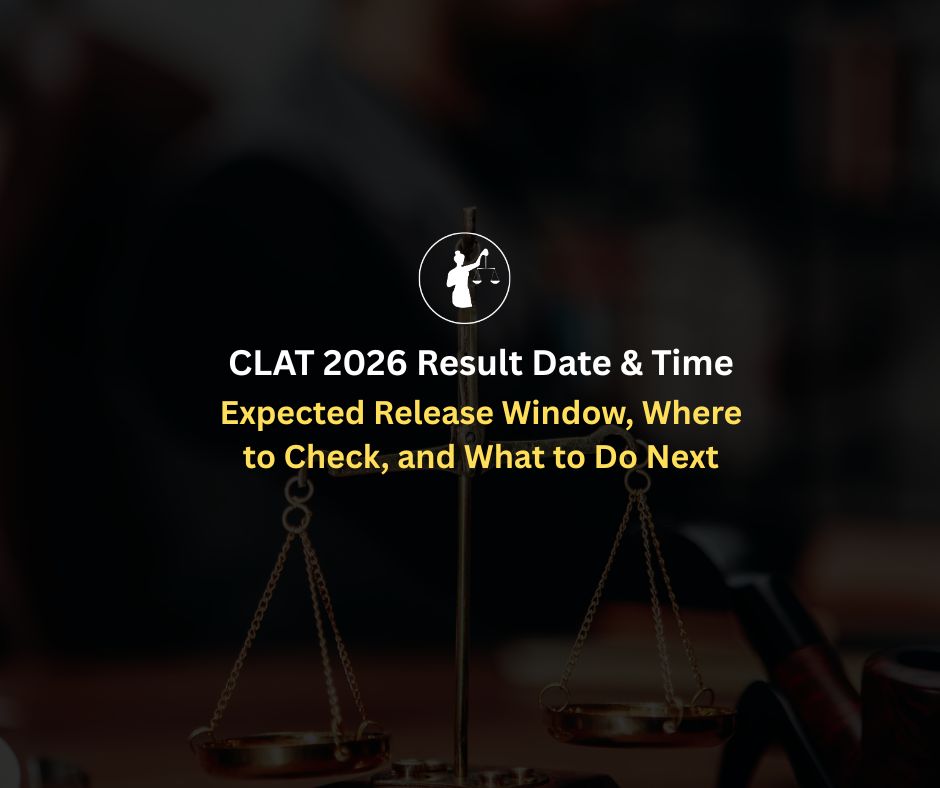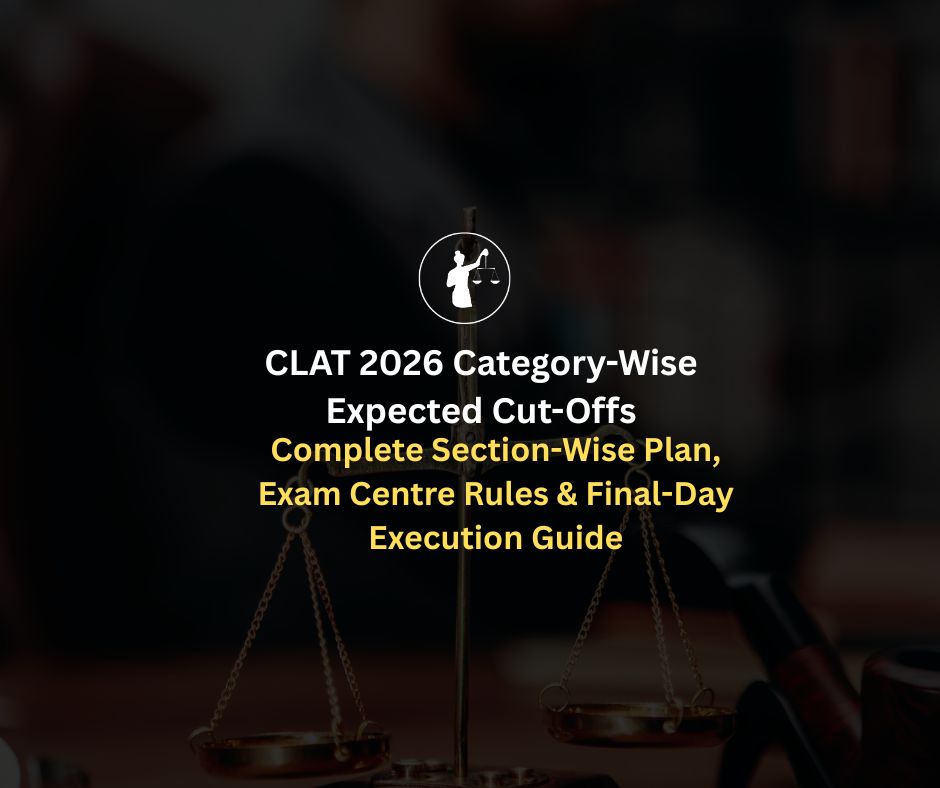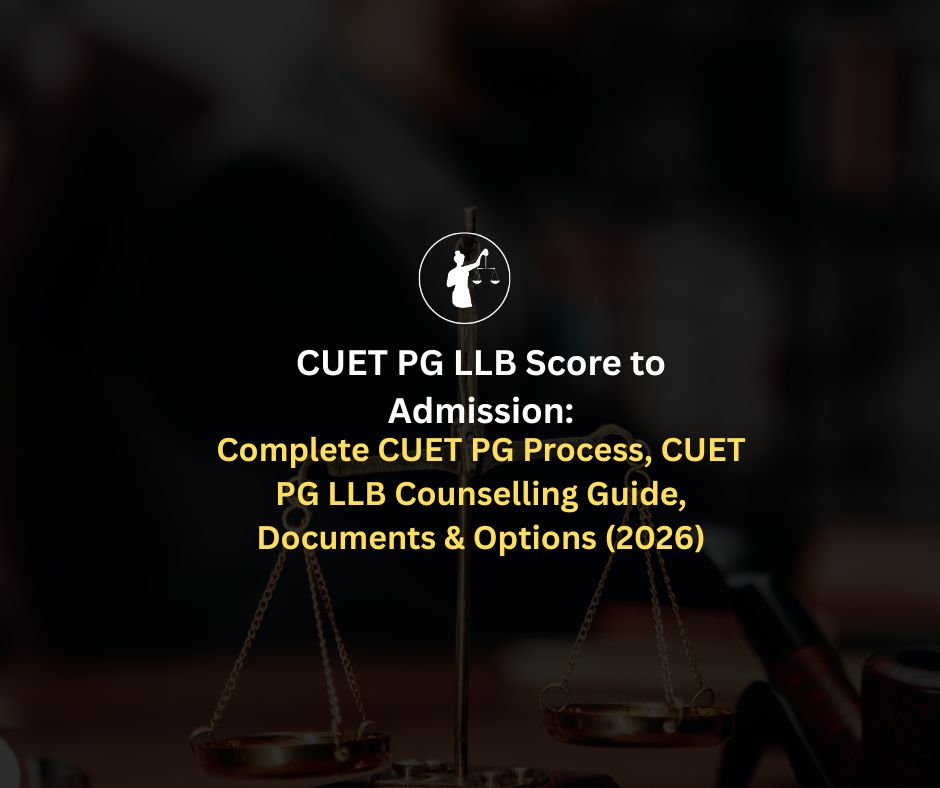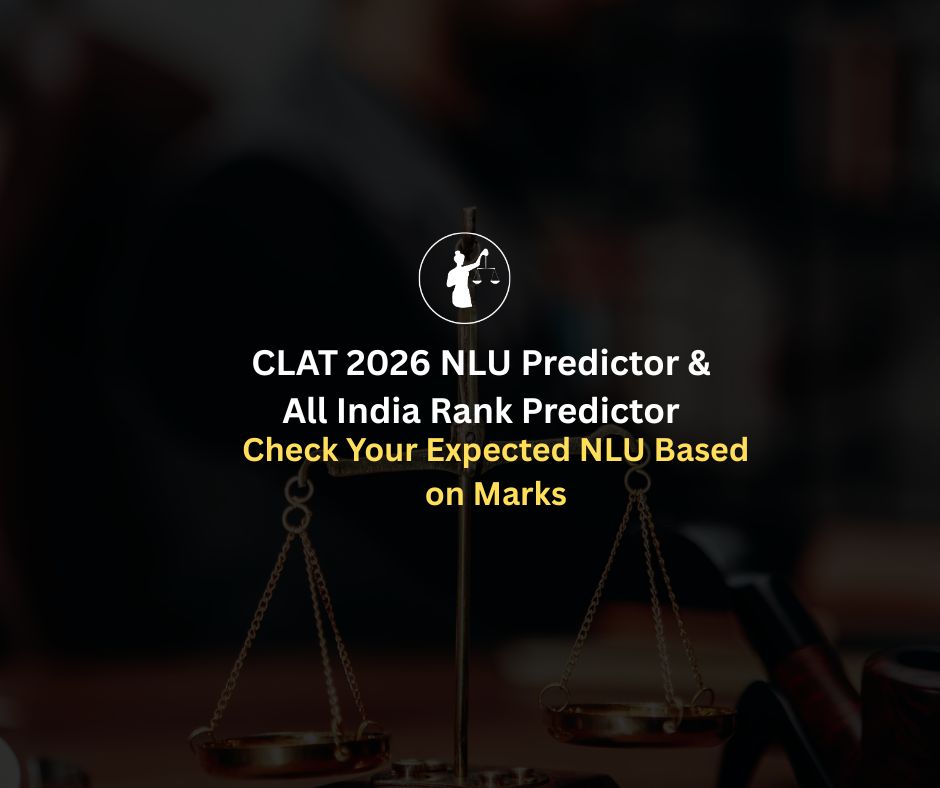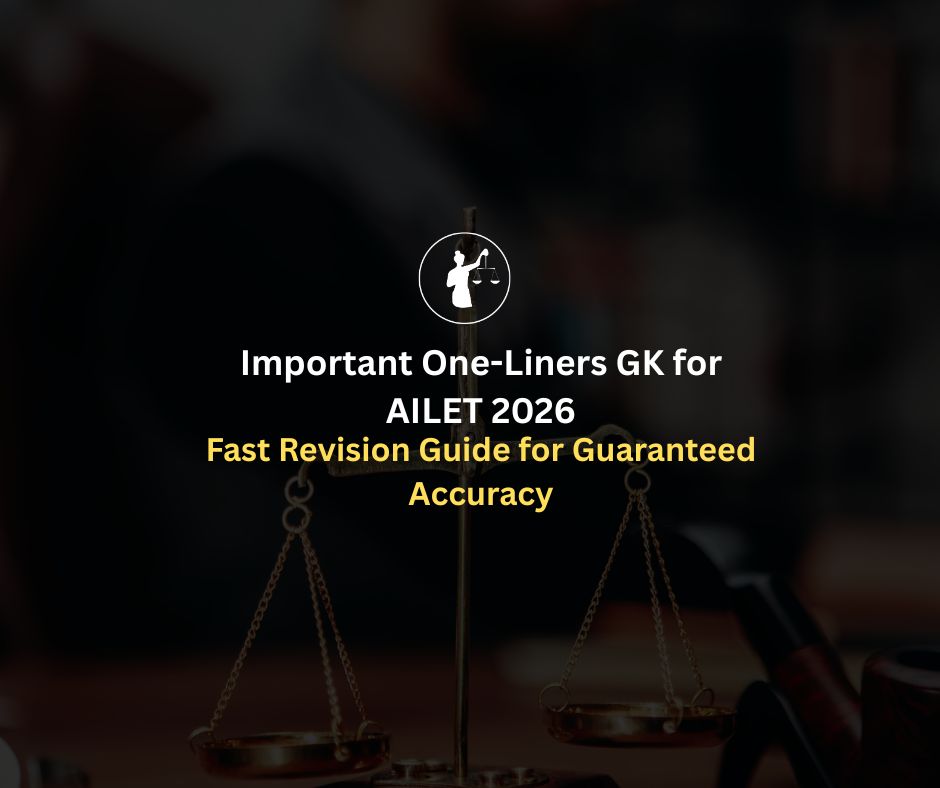
If you are planning to pursue the 3-Year LLB program at the University of Delhi via the CUET PG 2026, it is critical to understand the CUET PG Law syllabus 2026 (COQP11). This guide provides a detailed section-wise syllabus, topic-wise breakdown, and expected weightage, based on an analysis of recent CUET General Test papers, especially from the 2025 exam cycle.
Also Read: CUET-PG DU LLB 2026: Complete Guide
Exam Name: CUET PG 2026
Course: LLB (3-Year Program)
Exam Code: COQP11
Conducting Body: National Testing Agency (NTA), for Delhi University
Sections Covered:English Comprehension, General Knowledge and Current Affairs, Computer Basics, General Aptitude (Quantitative Aptitude + Logical Reasoning)
This section evaluates your command over the English language and your ability to interpret and process written information. Based on CUET 2025 papers, emphasis was placed on both grammar and reading skills.
Topics Covered:
Grammar and sentence structure
Vocabulary: Synonyms, antonyms, idioms, one-word substitutions
Sentence correction and improvement
Reading comprehension
Paragraph completion and jumbled paragraphs
Error spotting and usage-based questions
Expected Weightage: 10–12 questions Difficulty Level: Easy to Moderate
Trend Insight: Reading comprehension and sentence improvement questions were consistent across 2025 shifts, particularly in morning sessions.
This section tests both static and dynamic awareness across various domains including polity, history, economics, and current events.
Topics Covered:
Indian and World History (e.g., Chalukyas, Cholas, National Movement)
Indian Constitution and Political Structure (Articles, Schedules, key provisions)
Legal and Governmental Current Affairs (Bills, Amendments, Welfare Schemes)
Sports, Geography, Literature, and Cultural Knowledge
Economic Affairs and International Relations
Notable Personalities and Awards (e.g., Arjuna Award, Dadasaheb Phalke Award)
Expected Weightage: 15–20 questions Difficulty Level: Easy
Trend Insight: History and polity-based factual questions dominated the GK section. Chronological events and constitutional provisions were particularly emphasized in the 2025 papers.
Also Read: CUET PG DU LLB 2026: Exam Overview and Key Information
Although a minor section, this tests fundamental computer literacy relevant in both academic and legal research contexts.
Topics Covered:
Operating Systems (Windows, Linux basics)
MS Office (Word, Excel, PowerPoint)
Input/Output Devices, Hardware vs. Software
Internet, Web Browsers, Network Basics
File storage, Data security, and Common IT Terminology
Expected Weightage: 3–5 questions Difficulty Level: Easy
Trend Insight: Most questions are factual and concept-based, often focusing on MS Office features or basic hardware identification.
This is the most heavily weighted section in COQP11, comprising two core sub-sections: Quantitative Aptitude and Logical Reasoning. Together, they form the bulk of the paper.
Topics Covered:
Arithmetic: Percentages, Profit and Loss, Simple and Compound Interest, Averages, Ratio and Proportion
Algebra: Simplification, LCM & HCF, Arithmetic Progression
Mensuration: 2D and 3D Geometry (Cone, Cylinder, Square, Volume and Surface Area)
Statistics: Mean, Median, Mode
Data Interpretation
Probability, Permutation and Combination
Trigonometry and Height & Distance
Expected Weightage: 25–30 questions Difficulty Level: Moderate to Lengthy
Trend Insight: In CUET 2025, questions from Mensuration, Arithmetic Progression, and Time-Speed-Distance appeared in almost every shift. Statement-based probability and statistics questions were also frequent.
Topics Covered:
Series: Number and Alphabet
Coding-Decoding
Blood Relations and Direction Sense
Visual Reasoning and Non-verbal Series
Statements and Conclusions
Syllogism and Cause-Effect
Seating Arrangement and Ranking
Expected Weightage: 10–15 questions Difficulty Level: Easy to Moderate
Trend Insight: Visual reasoning, mirror images, and direction-based problems appeared consistently in both shifts of May 13–16, 2025. Linear arrangements and analogy questions were common as well.
Also Read: 6-Month CUET PG DU LLB 2026 Preparation Plan
Unlike law entrance exams such as CLAT UG, AILET UG, or LSAT India, which include a dedicated Legal Reasoning or Legal Aptitude section, COQP11 is structured more as a general aptitude test. Here’s why:
University-Mandated Format: Delhi University has opted to assess LLB aspirants via a general test framework (COQP11) under CUET PG, which follows a standardized pattern across multiple non-technical postgraduate programs.
Absence in Official Syllabus: The official NTA syllabus for COQP11 does not mention any component related to legal principles, maxims, legal reasoning, or case-based questions.
Exam Paper Analysis (2025): Across multiple shifts (May 13–20, 2025), not a single question was based on legal reasoning. Instead, the focus was on arithmetic, reasoning, and static GK.
Inclusive Testing Format: Since DU LLB attracts candidates from diverse academic backgrounds, the test is designed to assess general aptitude and awareness rather than prior legal knowledge.
Hence, candidates do not need to prepare for legal reasoning or legal maxims for CUET PG DU LLB admissions via COQP11.
Also Read: How to Apply for CUET-PG DU LLB 2026: Step-by-Step Registration Process
Strengthen Quantitative Aptitude:
This section carries the highest weight. Focus on topics like Mensuration, Time-Speed-Distance, and Arithmetic Progression.
Practice Logical Reasoning Regularly:
Use mock tests with visual reasoning, syllogisms, and seating arrangements to improve speed and accuracy.
Build Static GK Base:
Emphasize the Constitution, Indian history, articles, and polity-related topics.
Revise English Fundamentals:
Focus on grammar correction and comprehension. Questions are predictable and scoring.
Cover Basic Computer Concepts:
These questions are straightforward and can help you score 3–5 marks easily.
The CUET PG Law syllabus 2026 for DU LLB (COQP11) is comprehensive, focusing on aptitude and general awareness rather than legal reasoning. To perform well, candidates must prioritize Quantitative Aptitude and Logical Reasoning, while also staying consistent with GK and English comprehension. Understanding the weightage and trend-based patterns from CUET 2025 is key to structuring an effective preparation plan.
Check Out our COQP11 Course Here: CUET PG LLB Online Coaching
